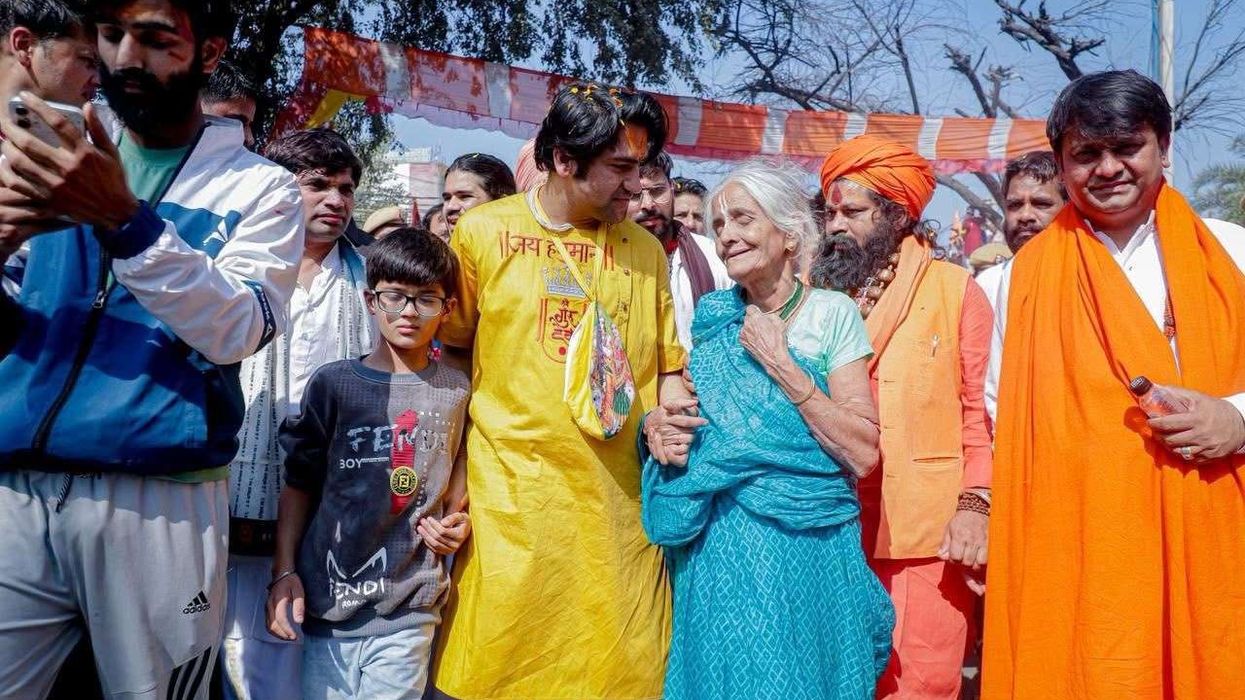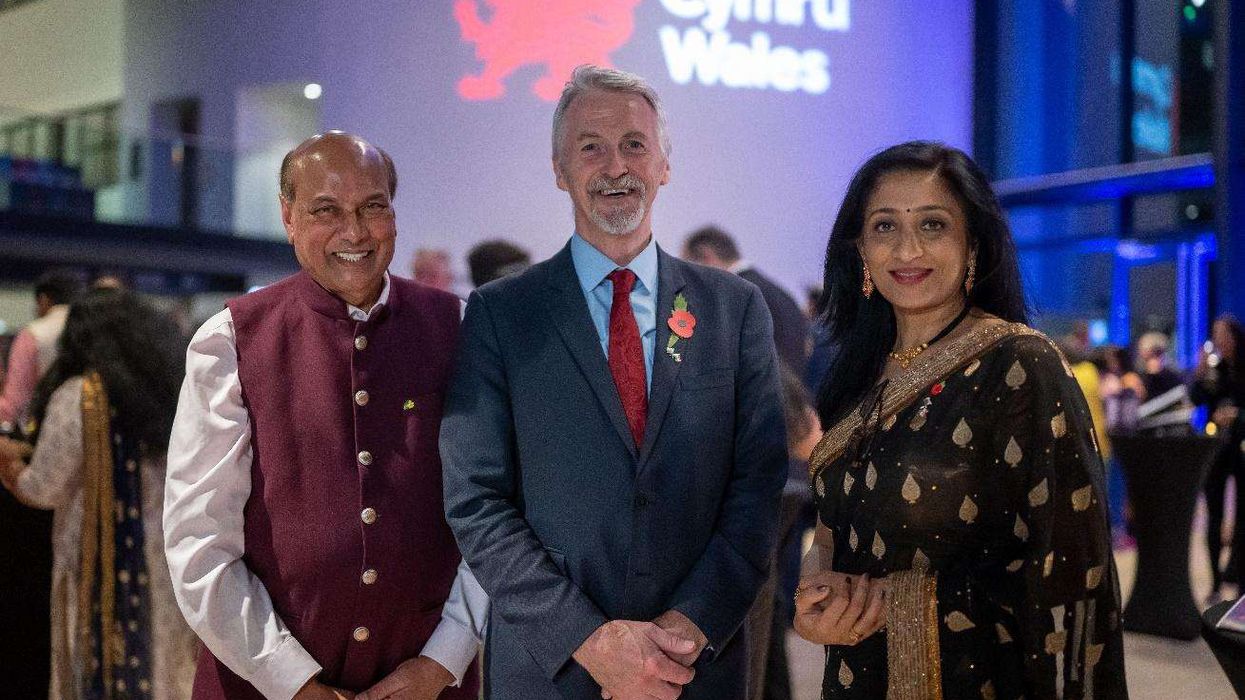by SHAILESH SOLANKI
“YOU are summoned for jury service”, screams the ticket for Agatha Christie’s enthralling court room drama Witness for the Prosecution, which continues into its second season at London’s County Hall theatre with an all new cast.
And the summons does not disappoint. Set in the grand council chamber of the former Greater London Council, William Dudley’s imposing courtroom set design skilfully replicates the grandness and austerity of the Old Bailey. Gripping from the outset, the play has all the
hallmarks of the suspense and dramatic turns you would expect from Christie’s classic creations.
The intimacy of the council chamber is the perfect setting for Christie’s drama as its characteristic whodunnit plot unfolds around the audience as if they too are enlisted
to help deliver the verdict. And for a price you can be part of the jury, sworn in and verdict
duly delivered by the foreman.
Emma Rigby plays the beguiling Romaine Vole, the foreign wife of the accused Leonard Vole, a naïve, unsophisticated, yet charming down on his luck character who is accused of murder.
Daniel Solbe makes his West End stage debut as the dim-witted Vole and Jasper Britton returns to the stage as his charismatic defence barrister Sir Wilfrid Roberts. Britton’s portrayal of the magnetic defence attorney playing to the jury is captivating as he shoots holes through the prosecution’s case.
Vole is accused of murdering a wealthy spinster twice his age who he befriends on a shopping trip. She leaves him her fortune and Voles’ only alibi is his German wife played with great verve and charm by Rigby as a scarlet, beret wearing seductress. The tempo
picks up with Romaine Vole’s dramatic testimony turning against her husband in the witness box.
Lucy Bailey’s production is beautifully crafted, punctuated with thunderous sound and striking lighting giving wonderful effect to the theatrics and harshness of the court system. Christie’s original play first debuted in 1953 in London but Bailey’s adaptation is still remarkably relevant, poking fun at the haughtiness of the British establishment, it’s blind faith in the justice system and the underlying distrust of foreigners that still exists today in some quarters.
- Witness for the Prosecution is at London’s County Hall. See www.witnesscountyhall.com for info.




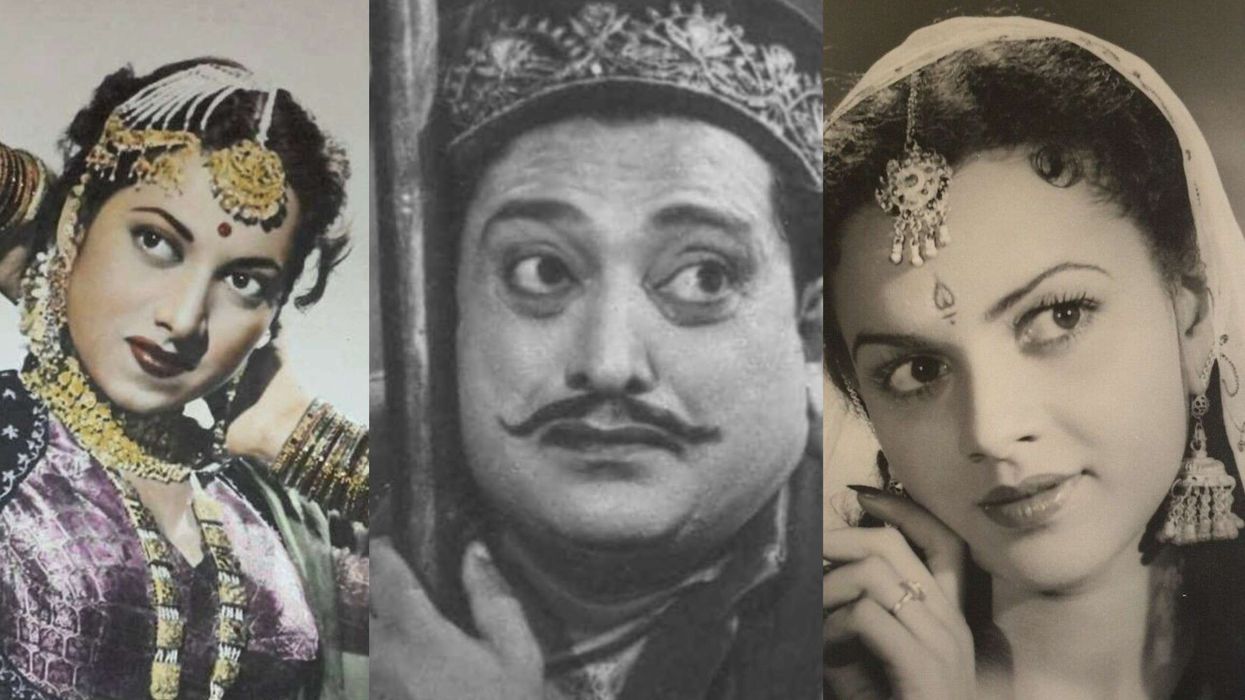
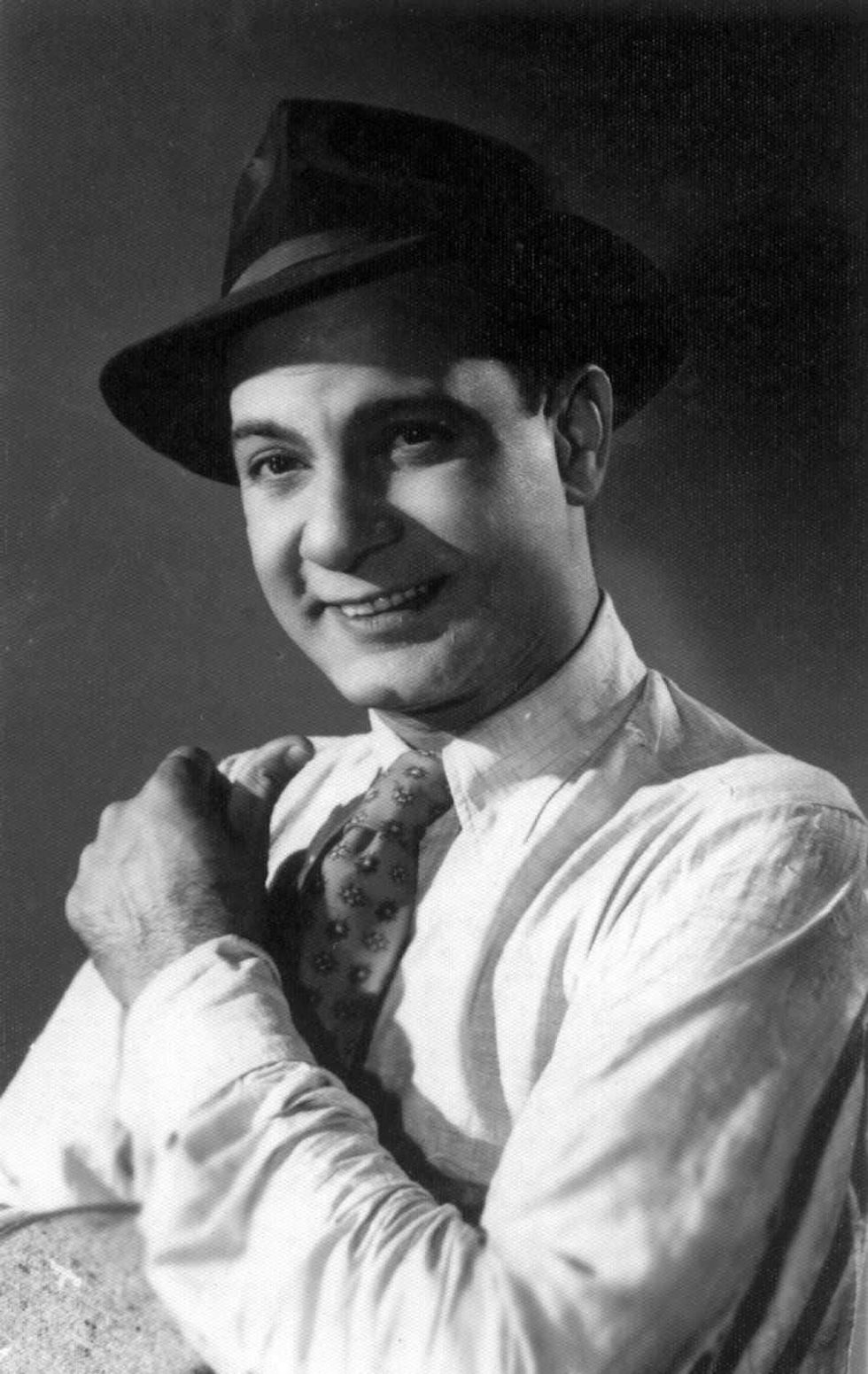 MotilalAMG
MotilalAMG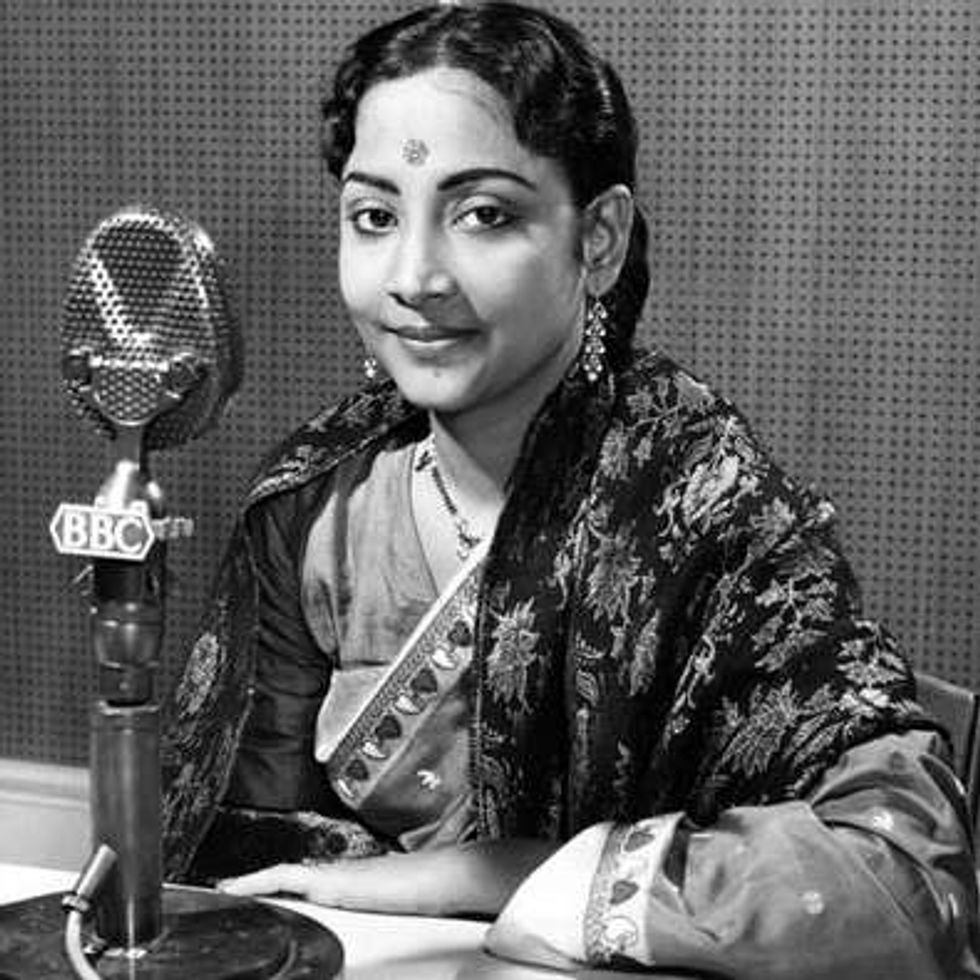 Geeta DuttAMG
Geeta DuttAMG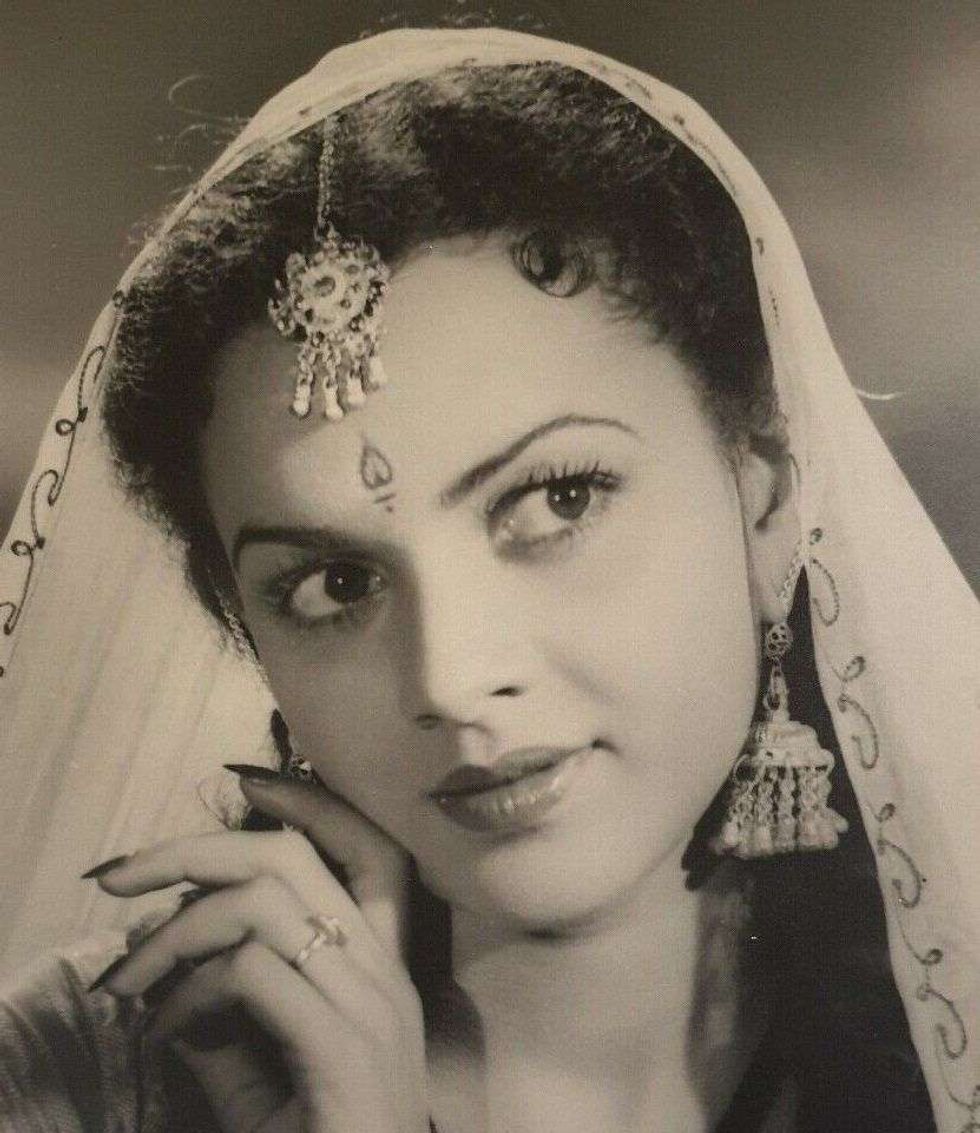 CuckooAMG
CuckooAMG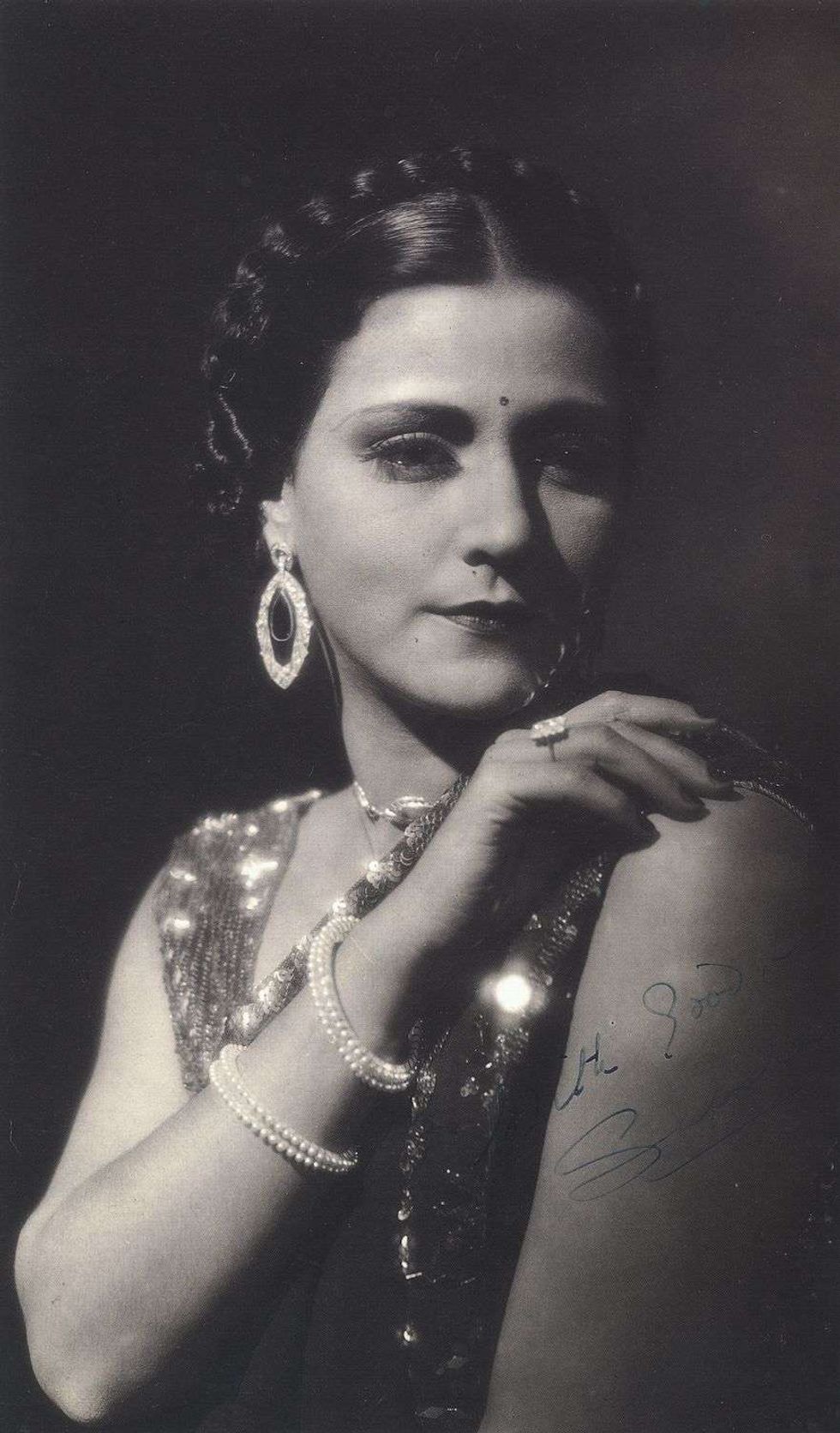 Sulochana aka Ruby MyersAMG
Sulochana aka Ruby MyersAMG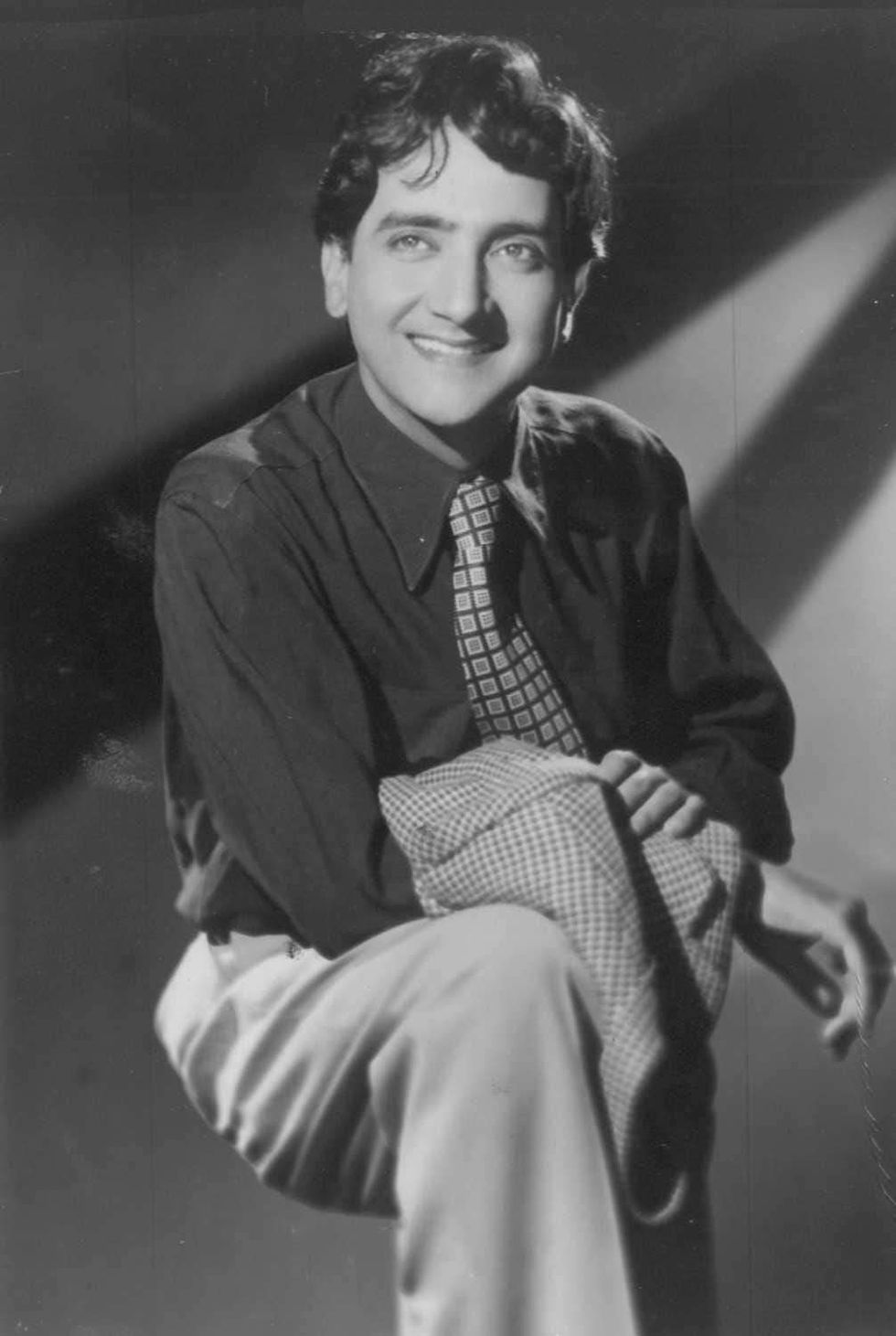 Bharat Bhushan AMG
Bharat Bhushan AMG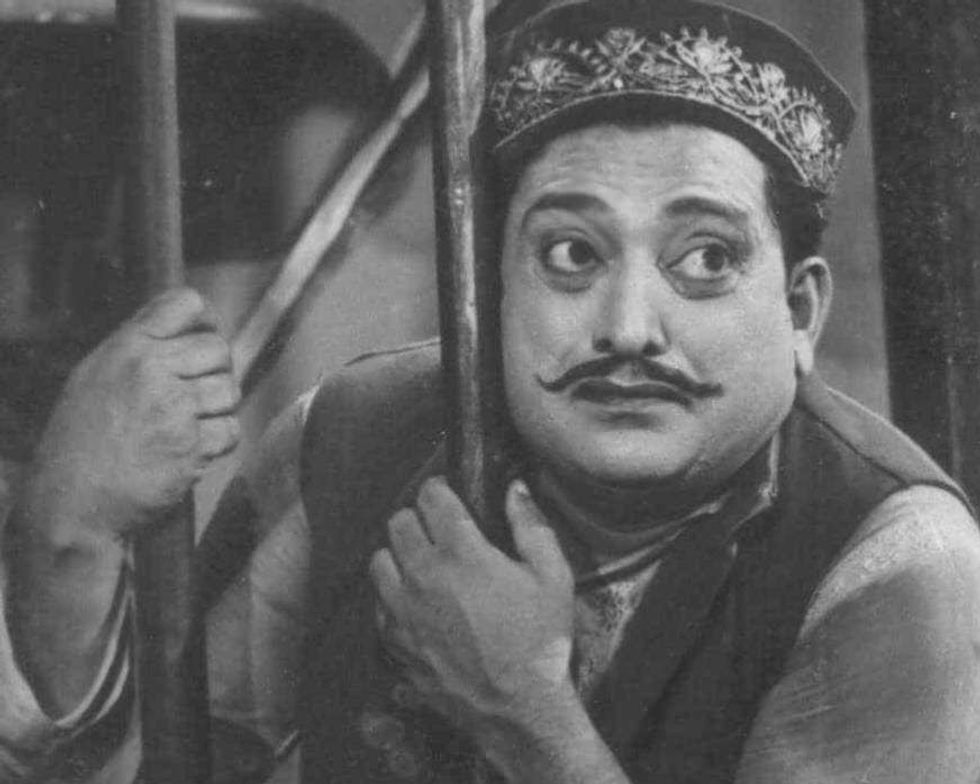 Bhagwan DadaAMG
Bhagwan DadaAMG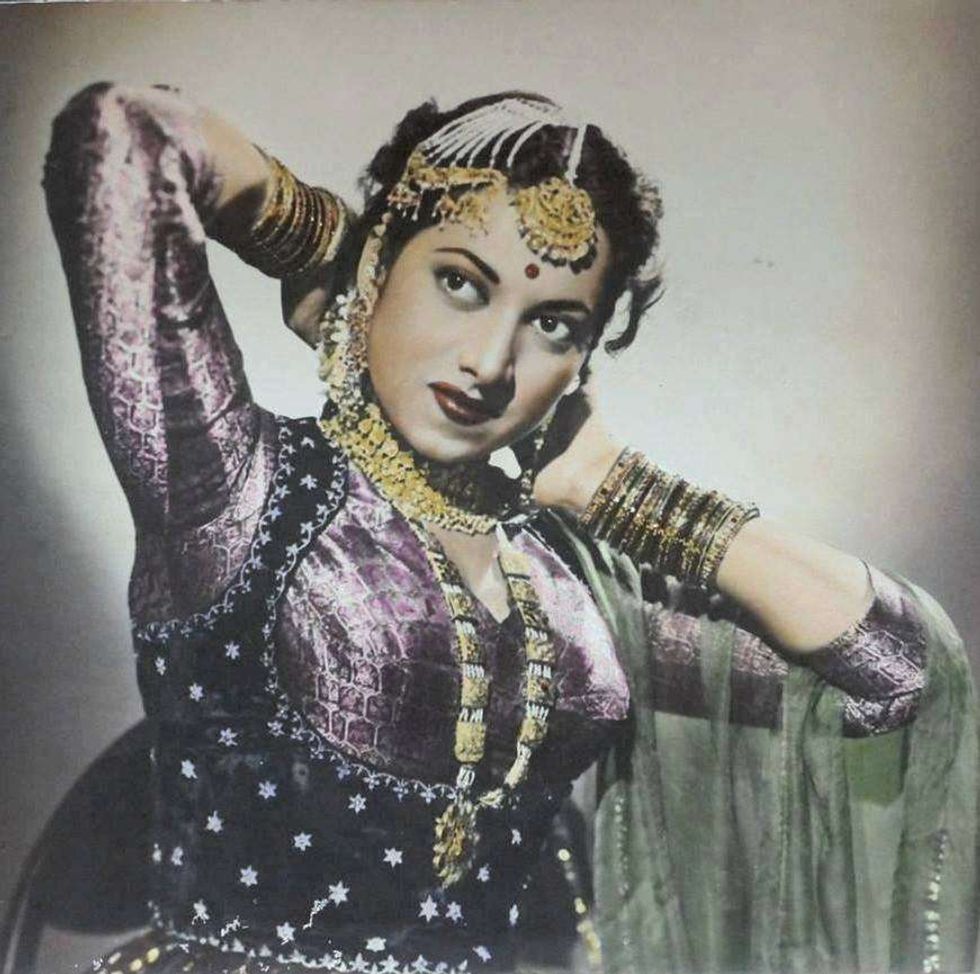 SuraiyaAMG
SuraiyaAMG Parveen BabiInstagram/ Parveen_babifan
Parveen BabiInstagram/ Parveen_babifan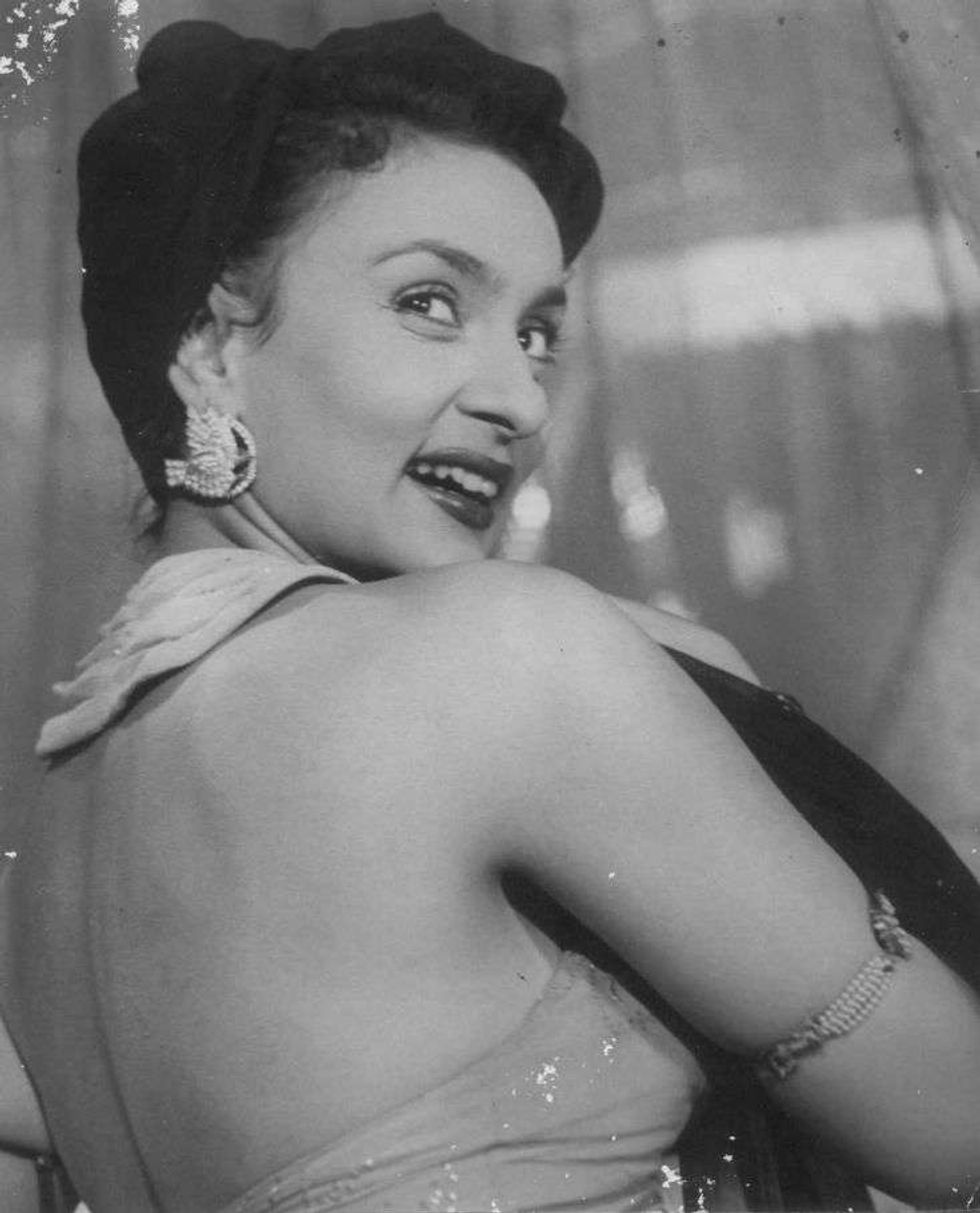 NadiraAMG
NadiraAMG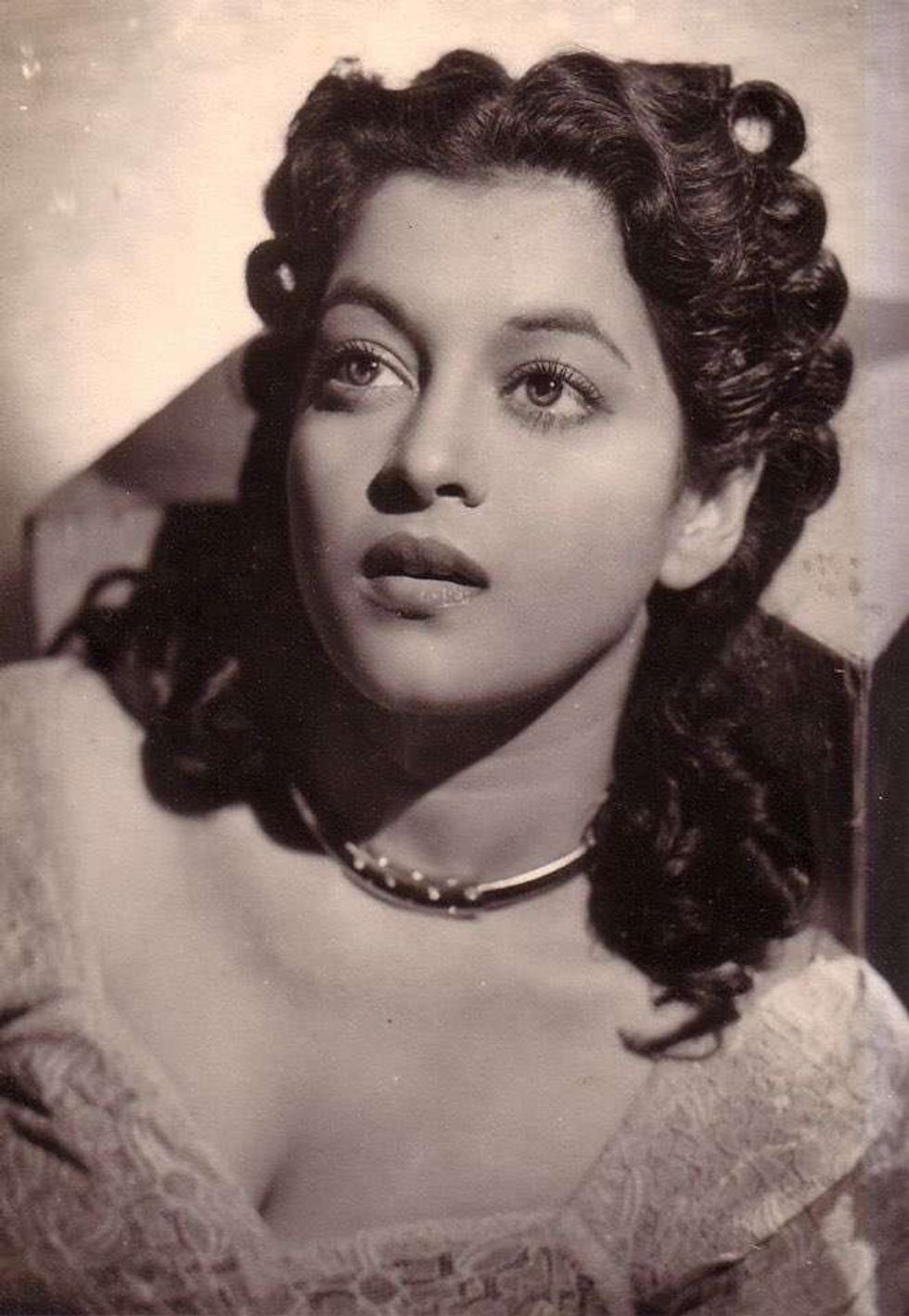 Nalini Jaywant AMG
Nalini Jaywant AMG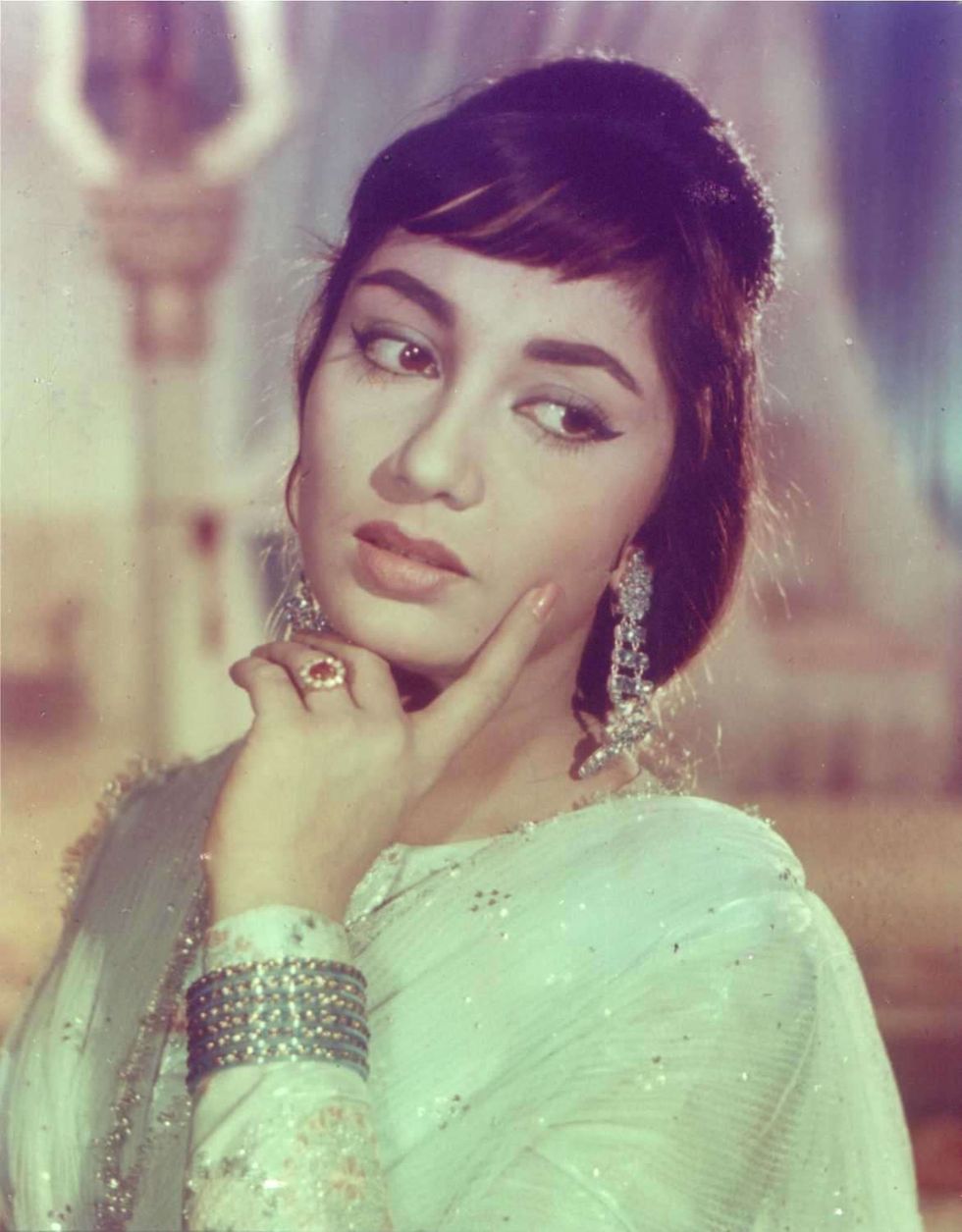 SadhanaAMG
SadhanaAMG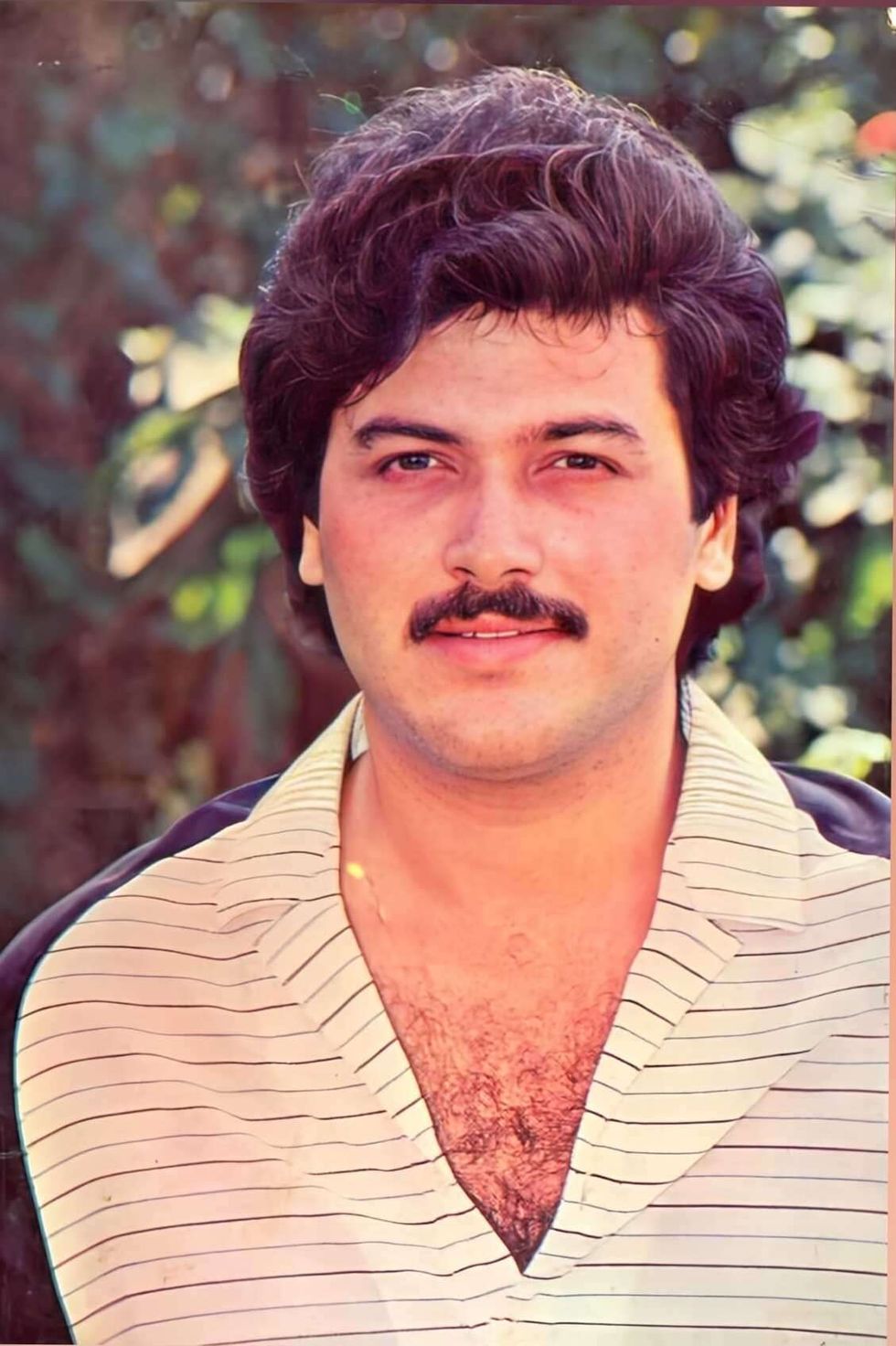 Raj KiranAMG
Raj KiranAMG

